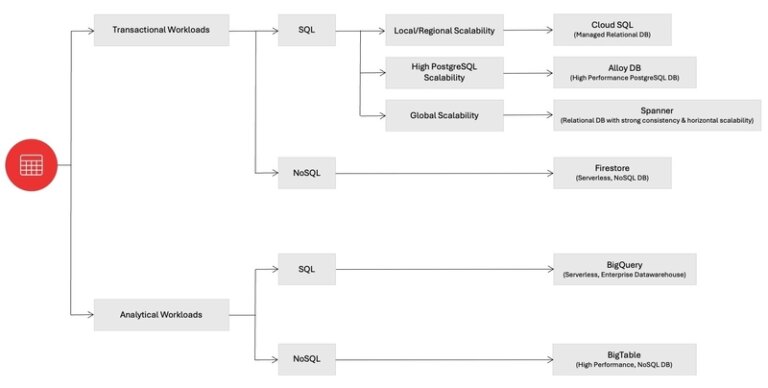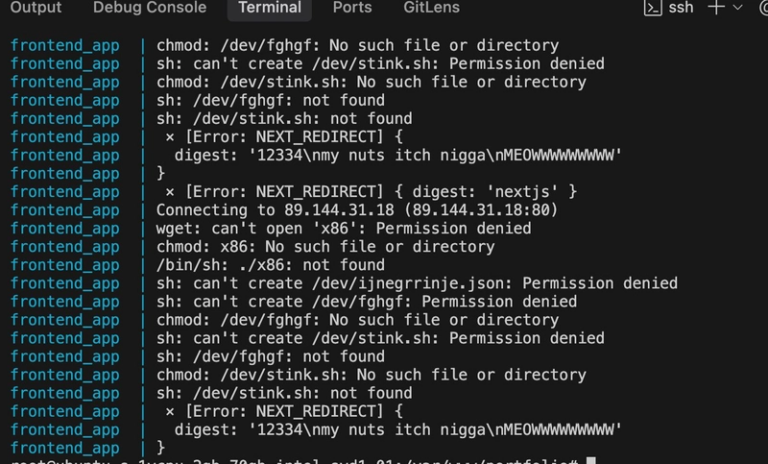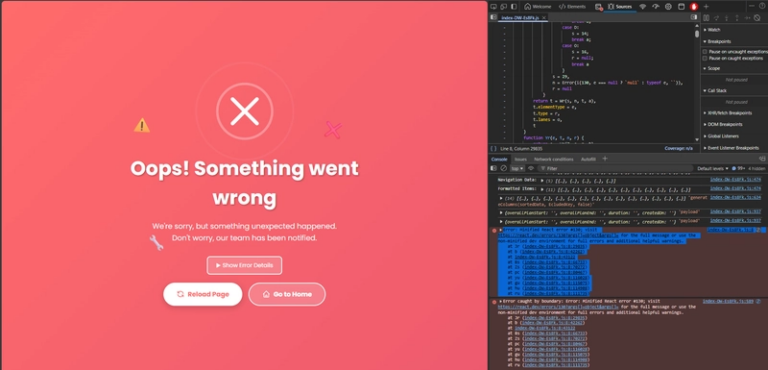🐍 Setting Up a Python & Django Dev Environment (Beginner Friendly)
🐍 Setting Up a Python & Django Dev Environment (Beginner Friendly)
So you want to dive into Django, the Python web framework that powers sites like Instagram, Pinterest, and even NASA tools? 🌌
You’re in the right place! Let’s walk step-by-step through setting up a Django development environment — the right way, with zero fluff.
🧰 What You’ll Need
✅ A computer
✅ Internet
✅ Some basic Python knowledge
✅ A sense of humor (debugging helps)
🔧 Step 1: Install Python 🐍
If you don’t already have Python:
👉 Go to https://python.org/downloads and install Python 3.10+
✅ Check installation:
python --version
# or sometimes
python3 --version
📦 Step 2: Set Up a Virtual Environment
Virtual environments keep your projects isolated. No mess, no mix-ups.
# Create a folder for your project
mkdir my_django_project
cd my_django_project
# Create a virtual environment
python -m venv venv
# Activate it
# On Windows:
venvScriptsactivate
# On Mac/Linux:
source venv/bin/activate
✅ You should now see (venv) in your terminal.
🚀 Step 3: Install Django
Let’s install Django into your virtual environment:
pip install django
✅ Confirm it:
django-admin --version
🏗️ Step 4: Start a New Django Project
django-admin startproject config .
Yes, that . at the end keeps the folder clean (no nested config/config madness).
🛠️ Step 5: Run the Development Server
python manage.py runserver
Then open:
http://127.0.0.1:8000/
🎉 You should see Django’s “It worked!” screen.
🧪 Step 6: Create an App
In Django, projects are made of apps.
python manage.py startapp core
Then add 'core', to INSTALLED_APPS in config/settings.py.
🐞 Bonus: Install Dev Tools
pip install black isort django-debug-toolbar
Want cool admin themes?
pip install django-admin-interface
🧾 Example requirements.txt
Django>=4.0
black
isort
django-debug-toolbar
django-admin-interface
You can save this and run:
pip install -r requirements.txt
📝 Editor Setup
Use VS Code (or any Python-supporting editor).
- Install the Python extension
- Enable “Format on Save” using Black
- Install the Django extension (for model navigation and templates)
📂 Suggested Folder Structure
my_django_project/
├── config/
│ ├── __init__.py
│ ├── settings.py
│ ├── urls.py
│ └── wsgi.py
├── core/
│ ├── models.py
│ ├── views.py
│ └── ...
├── manage.py
├── venv/
└── requirements.txt
🤔 Common Errors
❌ django-admin: command not found
➡️ Make sure your virtual environment is activated
❌ ModuleNotFoundError: No module named 'Django'
➡️ Install Django inside the virtual environment
❌ AllowedHosts error
➡️ Set ALLOWED_HOSTS = ['*'] in dev (but don’t do this in prod!)
🧠 Final Thoughts
Django is powerful, elegant, and incredibly beginner-friendly — but the setup must be clean. Using virtual environments and knowing your tools helps avoid dev pain later.
“Give me six hours to set up a Django project and I will save weeks of debugging.”
— Not Abraham Lincoln, but close
🚨 TL;DR
| Step | Command or Action |
|---|---|
| 1️⃣ | Install Python 3.10+ |
| 2️⃣ | python -m venv venv |
| 3️⃣ | pip install django |
| 4️⃣ | django-admin startproject config . |
| 5️⃣ | python manage.py runserver |
| 6️⃣ | Create apps, install tools, and start building! |
💡 What Next?
- Learn Django Models, Views, and Templates
- Try building a blog app
- Use
sqlite3first, then level up to PostgreSQL - Deploy your app to Render or Vercel
Good luck, future Django developer! 🐍✨



